Factorial Experiments: A Comprehensive Statistical Tool
Concept Map
Factorial experiments are a statistical method used to analyze the effects of multiple variables on an outcome. They help uncover interactions between variables by varying factors at different levels. This approach is crucial in fields like psychology, agriculture, and industrial design, aiding in optimizing processes and products. The text delves into the structure, benefits, and steps involved in conducting factorial experiments, providing insights into complex phenomena.
Summary
Outline
Exploring the Fundamentals of Factorial Experiments
Factorial experiments are a fundamental statistical tool used to explore the influence of two or more independent variables on a dependent variable. These experiments are designed to not only assess the main effects of each variable but also to uncover any potential interactions between them. By conducting trials that vary each factor at different levels concurrently, factorial designs enable a more nuanced analysis of how variables may work together to affect outcomes. This method is integral to research in diverse disciplines such as psychology, agriculture, and industrial design, facilitating the optimization of processes and products.The Framework and Representation of Factorial Designs
Factorial experiments are structured around the factors being investigated and the number of levels each factor possesses. The common notation for factorial design is 'a^b', where 'a' denotes the number of levels of each factor, and 'b' represents the number of factors. For instance, a 2^3 factorial design would involve three factors, each with two levels, creating a total of 2x2x2, or eight, distinct experimental conditions. This notation is a concise way to convey the complexity of the design and the number of experimental runs required.The Broad Utility and Benefits of Factorial Experimental Designs
Factorial designs are utilized in a multitude of contexts due to their broad applicability and significant advantages. In the field of agriculture, they can help identify the best combination of soil amendments and watering schedules for crop yield. In clinical research, factorial designs are instrumental in evaluating the combined effects of drug treatments. Marketers might apply these designs to understand the impact of various advertising elements. The efficiency of factorial experiments lies in their ability to test multiple variables and their interactions in a single study, thereby conserving resources and providing comprehensive data.Implementing Factorial Experiments in Research and Development
Factorial experiments are vital for dissecting the intricate interplay of variables in both scientific inquiry and product innovation. In the realm of medical research, they are crucial for examining how different treatments can interact, while in environmental science, they are used to investigate the responses of ecosystems to various factors. In the process of developing new products, factorial designs assist in pinpointing the combination of features that most significantly affect consumer satisfaction and product performance, often revealing synergistic effects that might be missed with simpler experimental approaches.Steps to Conducting a Comprehensive Factorial Experiment
The execution of a full factorial experiment requires meticulous planning and execution. Researchers begin by clearly defining the question at hand, selecting relevant factors and their levels, and arranging the experimental conditions. The experiments are then carried out, typically with replication to ensure reliability. Data analysis is performed using statistical techniques such as Analysis of Variance (ANOVA), which helps to differentiate the main effects and interactions of the factors on the results. The process concludes with interpreting the data to draw meaningful conclusions about the relationships between the variables.Conclusions Drawn from Factorial Experimental Techniques
Factorial experiments are an invaluable analytical approach for investigating the effects of multiple variables and their interactions on a given outcome. Their use spans a wide array of disciplines, contributing to a deeper comprehension of complex phenomena. The adoption of factorial design notation and the systematic approach of full factorial experimentation allow for a thorough examination of all possible variable combinations. The methodology is characterized by a sequence of deliberate steps that lead to a detailed analysis and interpretation of the data, providing robust insights into the effects and interdependencies of the studied factors.Show More
Definition and Purpose of Factorial Experiments
Fundamental Statistical Tool
Factorial experiments are a fundamental statistical tool used to explore the influence of two or more independent variables on a dependent variable
Main Effects and Interactions
Main Effects
Factorial experiments are designed to assess the main effects of each variable
Interactions
Factorial experiments are also designed to uncover any potential interactions between variables
Nuanced Analysis
By varying each factor at different levels concurrently, factorial designs enable a more nuanced analysis of how variables may work together to affect outcomes
Notation and Structure of Factorial Experiments
Common Notation
The common notation for factorial design is 'a^b', where 'a' denotes the number of levels of each factor, and 'b' represents the number of factors
Structure and Levels
Factorial experiments are structured around the factors being investigated and the number of levels each factor possesses
Experimental Conditions
Factorial designs involve multiple experimental conditions, with each factor being tested at different levels
Applications and Advantages of Factorial Experiments
Broad Applicability
Factorial designs are utilized in a multitude of contexts, including psychology, agriculture, and industrial design
Significant Advantages
The efficiency of factorial experiments lies in their ability to test multiple variables and their interactions in a single study, conserving resources and providing comprehensive data
Examples of Applications
Factorial experiments are used in agriculture to optimize crop yield, in clinical research to evaluate drug treatments, and in marketing to understand the impact of advertising elements
Execution and Analysis of Factorial Experiments
Planning and Execution
The execution of a full factorial experiment requires meticulous planning, including defining the question, selecting relevant factors and levels, and arranging experimental conditions
Data Analysis
Data analysis is performed using statistical techniques such as Analysis of Variance (ANOVA) to differentiate the main effects and interactions of the factors on the results
Interpretation and Conclusions
The process concludes with interpreting the data to draw meaningful conclusions about the relationships between the variables





